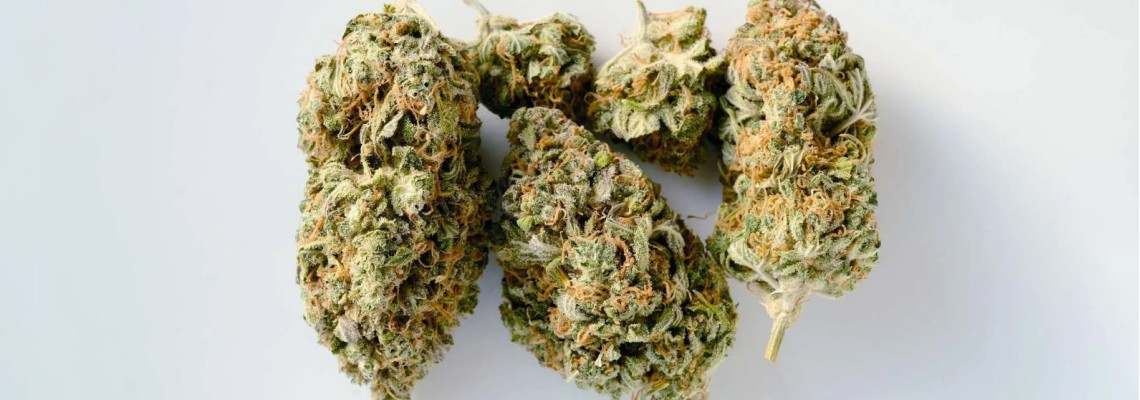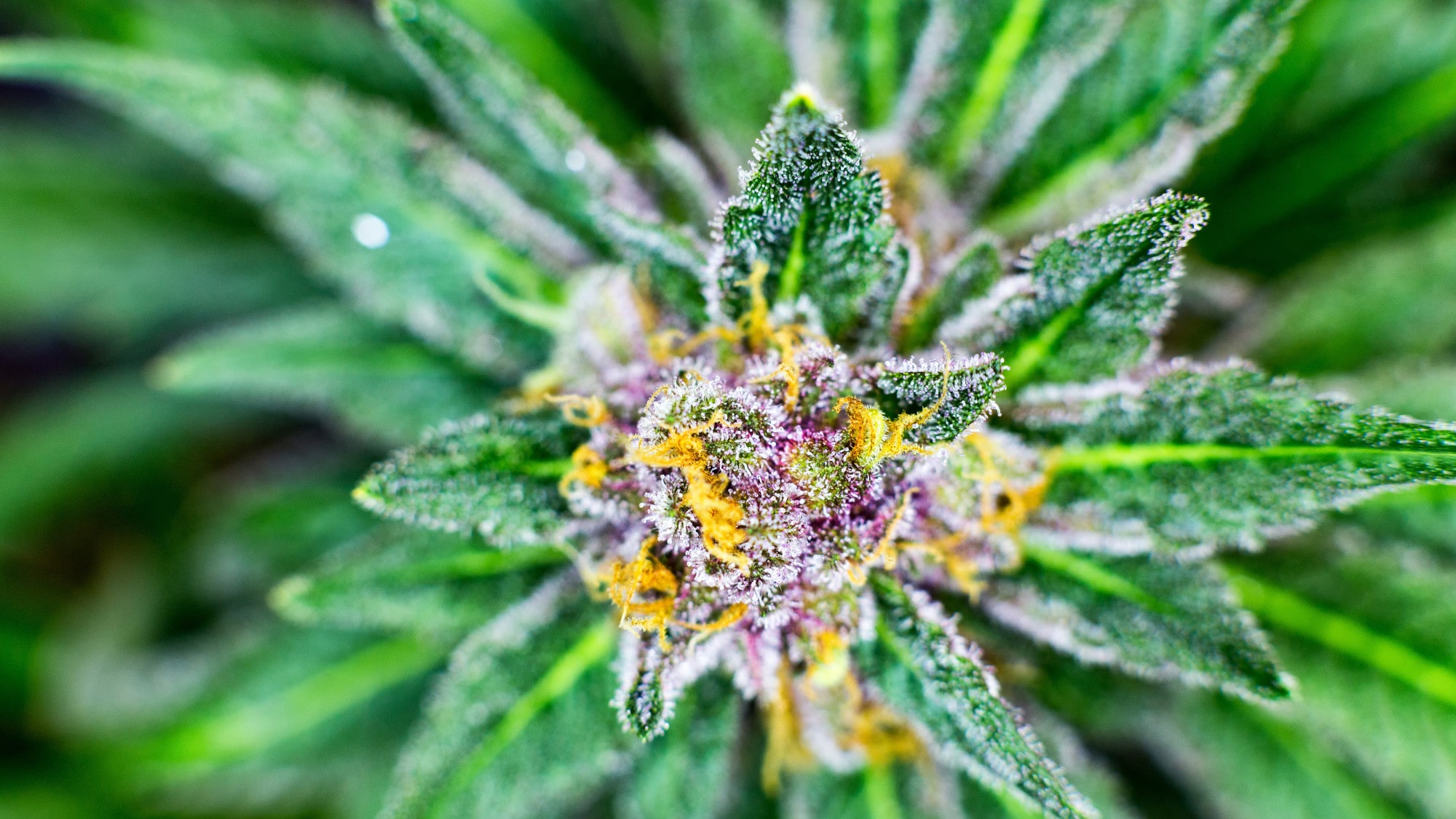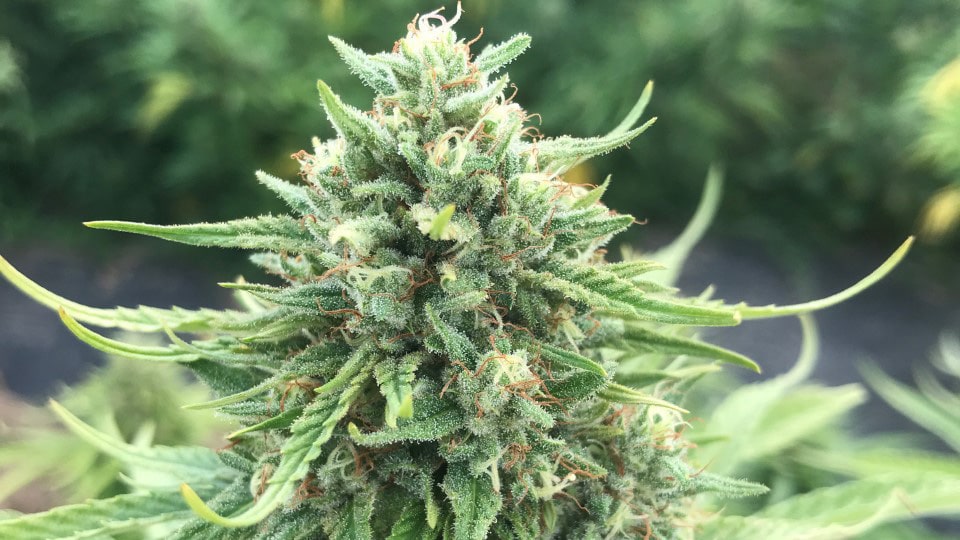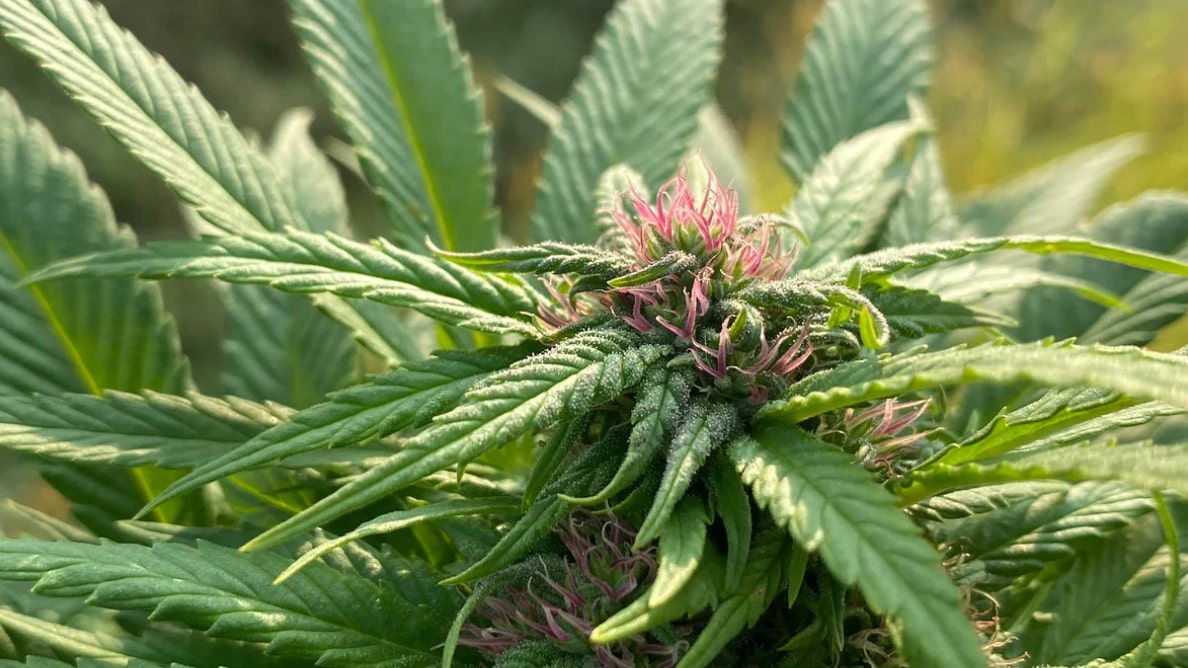There seems to be nothing in your cart.
Didn't find what you were looking for? Contact our consultant.
To save your shopping cart until your next visit, create an account or register .
Browse our Hits sales
There seems to be nothing in your cart.
Didn't find what you were looking for? Contact our consultant.
To save your shopping cart until your next visit, create an account or register .
Browse our Hits sales

Table of Contents:
Hemp flowers (buds) are the female inflorescences of the cannabis plant, which are the most valuable for growers. It is in them that the main active ingredients are concentrated: THC in the buds, terpenes and resinous substances. These compounds determine both the strength of the effect and the flavor characteristics of the finished crop.
The process of marijuana bud formation begins after the plant enters the flowering phase. In photoperiodic varieties, this stage is triggered when the daylight hours are shortened, while in autoflowering varieties, flowering begins automatically 3-5 weeks after germination. The right lighting conditions during flowering, as well as optimal temperature and humidity conditions, play a decisive role in flower development.
The emerging cannabis buds gradually gain volume, become covered in sticky cannabis resin and emit a characteristic aroma ranging from sweet to spicy. It's during this period that it's important to give the plant extra care and apply the right flowering fertilizer to unlock the potential of the genetics.
Those who want to get dense and rich cones with a fast flowering time, should pay attention to varieties with a predominance of indica. Such plants are more compact, form buds faster and give a rich harvest. If the grower wants to start with reliable genetics - it is worth buying indica seeds and providing quality conditions.

Each cannabis plant is either a subspecies of indica, sativa, or a hybrid of the two. Genetics directly affects how the cannabis plant blooms, what buds are formed, what the flavor will be and the timing of the cannabis harvest. Let's look at the main features:
Understanding the differences between indica and sativa is important for effective grooving and selecting the best variety for space, lighting conditions and desired effect.

When a cannabis plant enters the flowering phase, its needs increase dramatically. In order for the buds to gain weight, become resinous and acquire the bright aroma of the buds, maximum care must be provided. The quality of the harvest depends directly on lighting, fertilization, humidity and a timely response to stress factors.
| Nursing phase | What's important to consider | Tips from experienced screwdrivers |
| Lighting | The right spectrum (more red light) | Use LED panels with bloom function |
| Humidity | Moderate humidity (40-50%) | Reduce humidity closer to harvest |
| Feeding | Special fertilizers for flowering | Add phosphorus and potassium, minimize nitrogen |
| Aeration | Abundant air flow to roots and crowns | Use fans and loose substrate |
| Smell | Controlling the odor of flowering marijuana | Install a charcoal filter, choose low odor varieties |
If you are an indoor grower who wants to reduce odor, especially in a confined space, you may want to consider low odor cannabis seeds. These plants have a milder, less pronounced aroma during flowering, but still produce potent and high quality cannabis buds with a high THC content.
The final step is harvesting the cannabis plant. The maturity of the buds can be determined by the appearance of the trichomes (milky or amber) and the way the cannabis flower looks: dense, resinous, and brightly scented. After cutting the plant, it is important to properly dry and cure the buds to preserve all of the cannabis terpenes and bring out their flavor 100% of the time.

Attention! Errors Seeds does not encourage you to grow cannabis and does not promote it in any way. Cultivation is prohibited by the legislation of Ukraine. The article is of scientific and introductory interest only.